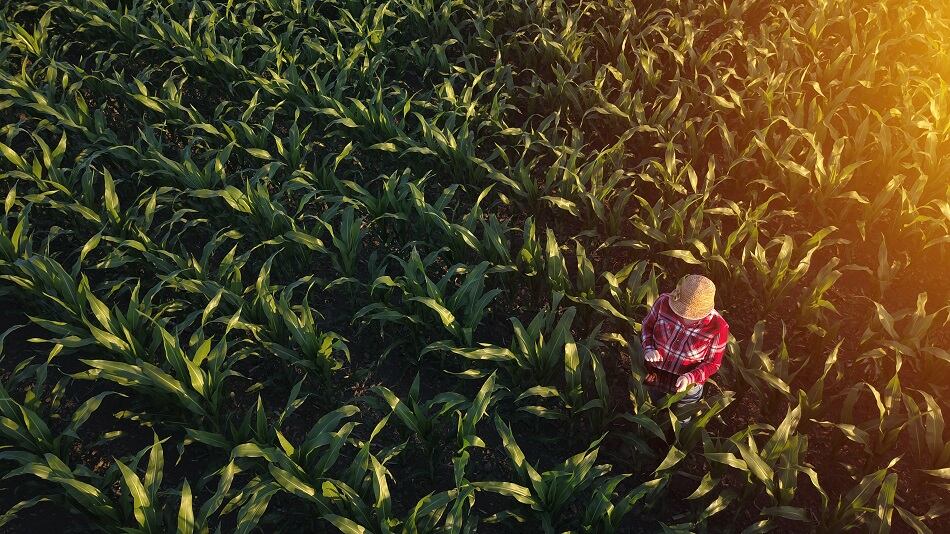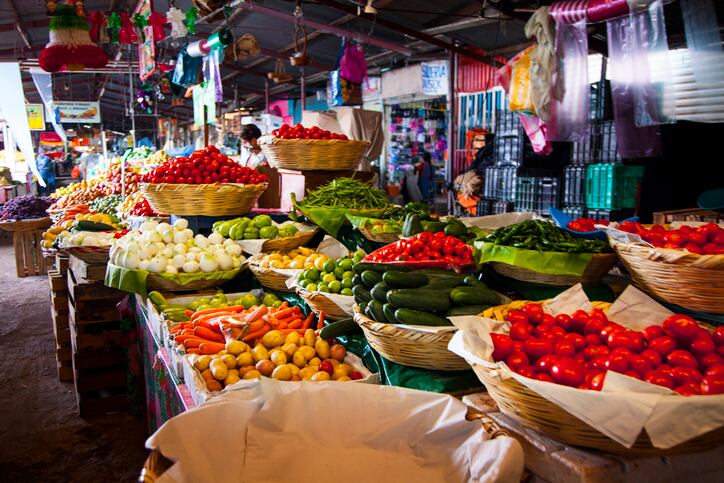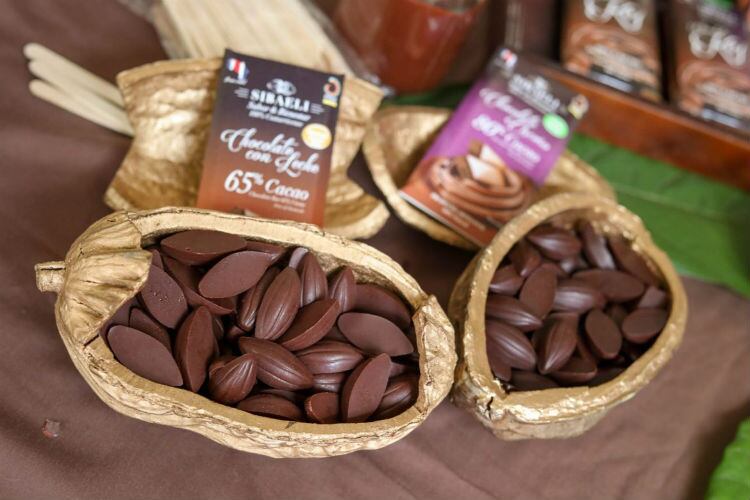Reaching 100 million of tons of corn production this year -- an 18% increased from last year -- will make Brazil the third largest exporter of corn, exporting 30 million tons of corn this year, a 20% annual increase.
Corn is an important raw material with hundreds applications throughout the food industry and is also a major component in the manufacturing of animal feed. More recently, corn ethanol production has added greater value to this crop.
The increase in corn production can be attributed to changing of the planting seasons and shift from monoculture or single crop farming to crop rotation, according to Embrapa.
In 2008/2009, 66% of production was harvested in the first crop (planted in September/October at the beginning of Brazil's 'rainy season'), while the second crop (planted after the soybean harvest in January) accounted for 34%.
Embrapa noted that these percentages were reversed in 2018/2019 with the 70% of corn production occurring Brazil's second crop season following the soybean harvest.
Rise in safrinha corn production
According to Embrapa, the second crop called “safrinha” allowed a better integration of corn in the second planting season as farmers shifted from monoculture to rotational or successive farming practices.
Corn production has also changed geographically: Ten years ago the southeast and south regions accounted for 58% of production, while today, the midwest region makes up 53% of corn production in Brazil.
"The profitability of corn is more pronounced in southern Brazil, since producers in that region are significantly closer to large swaths of the poultry and livestock sectors, as well as port facilities for exports. They pay far less for the transport of imported inputs to the farm and can get a higher price for outbound commodities," said the USDA in its Global Agricultural Information Network (GAIN) report from June.
Mato Grosso, Brazil's largest producer of corn responsible for one-third of production, has almost entirely switched to the second corn crop planted after the soybean harvest.
GM seeds and advances in production also a contributing factor
Released to commercial growers in 2007, genetically modified (GM) seeds for insect and invasive plant species control has also contributed to the increase in corn production, said Embrapa. By 2010, 37% of corn acreage was grown using GM seeds and today makes up 84% of the corn seed market.
"Seed technologies do not explain the full productivity gains of Brazilian corn crops in the last decade," said Embrapa. Advancement in farm management technology and increased education around rotational farming practices, such as the expansion of 'No-Till' and Integrated Planting Systems, have supported the boost in corn production over the last ten years, noted Embrapa.
"Integrated systems are more sustainable and facilitate the recovery of degraded pastures, which allows increases in crop and pasture cultivation areas without the need for expansion into forest or other ecoregions," Embrapa added.
Corn production is expected to continue to rise to 101 million tons next year, the USDA forecasted.
"Knowledge, new technologies, public policies and entrepreneurship will enable Brazil to systematically produce over 100 million tons of corn, promote the food security of Brazilians and consolidate Brazil as a major world granary, contributing to the well-being of the 9 billion people," said Embrapa.




